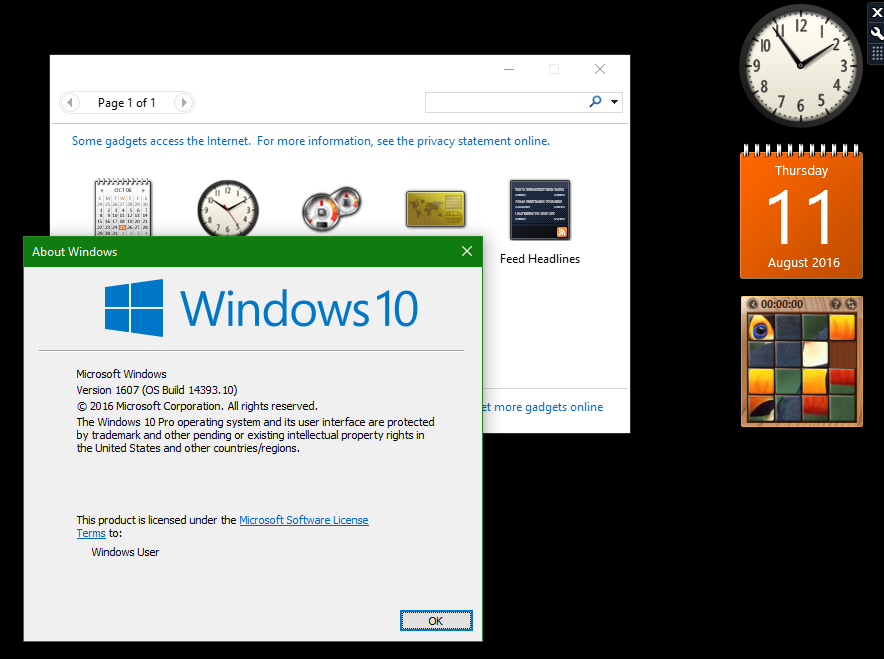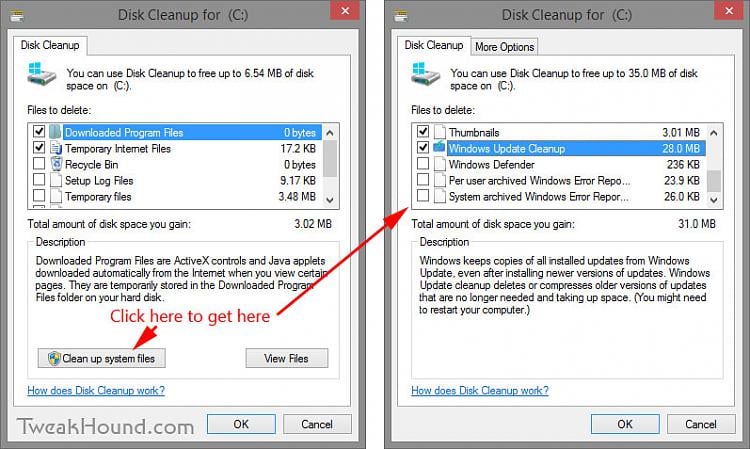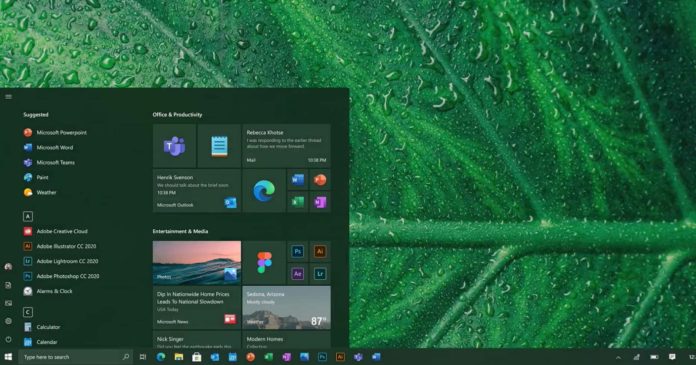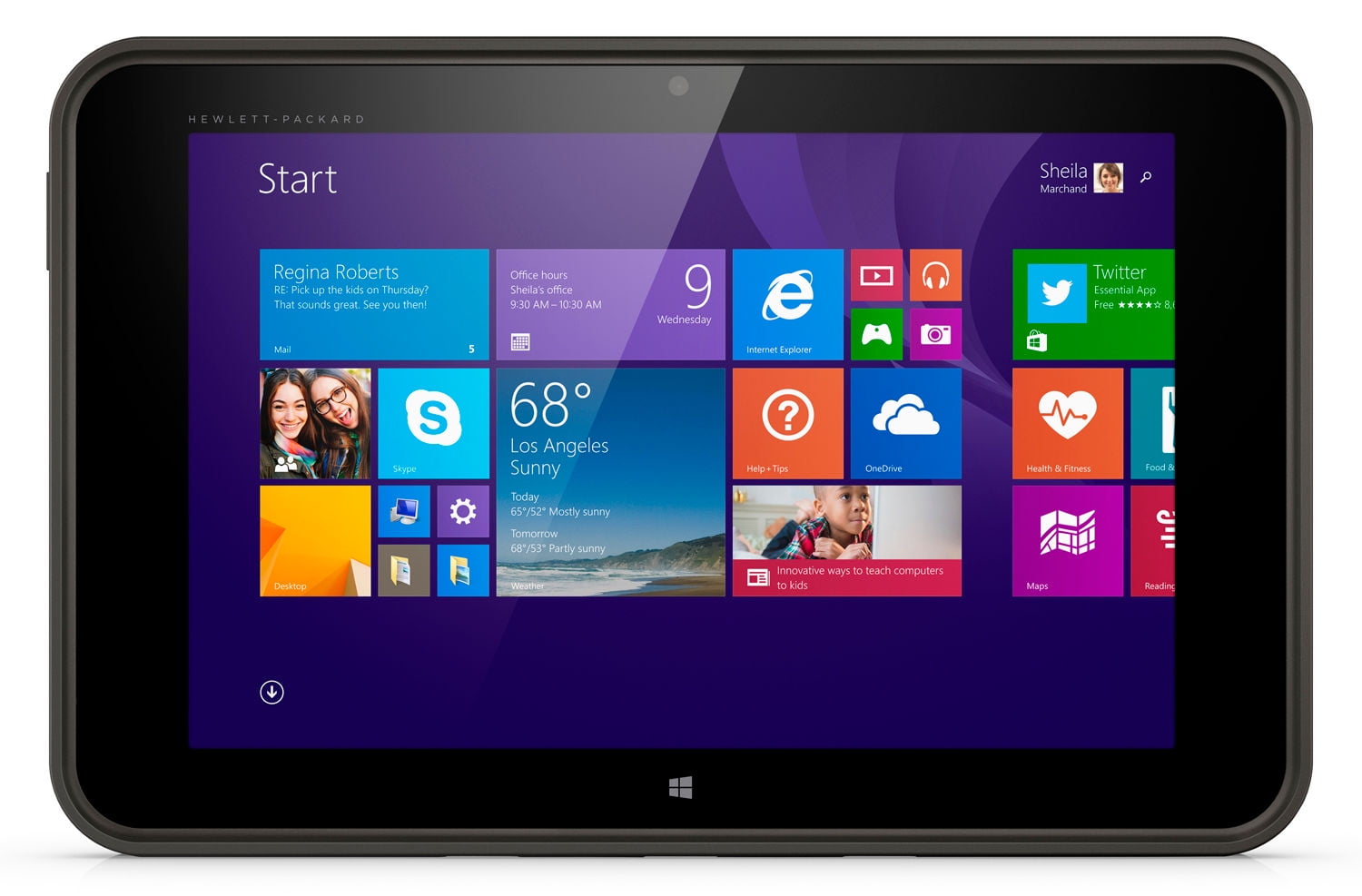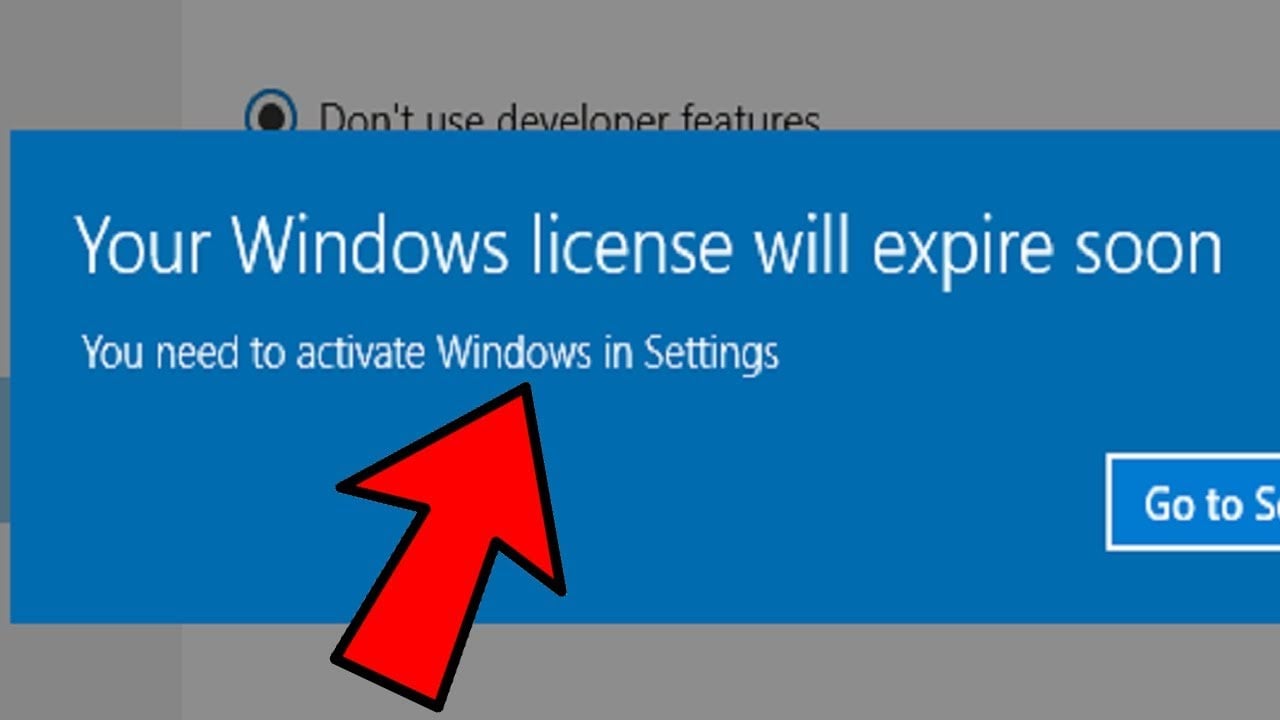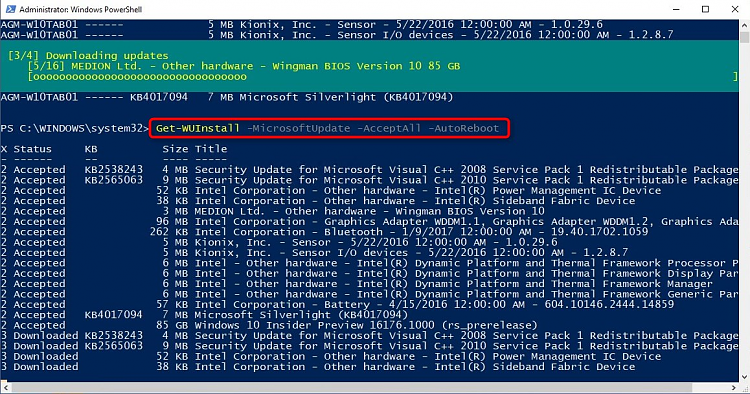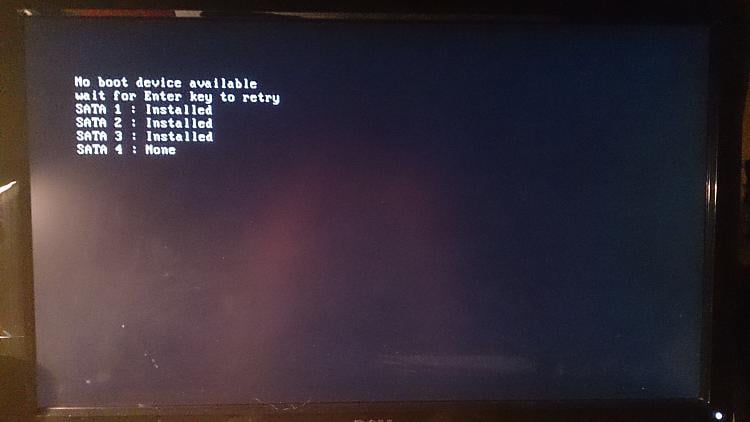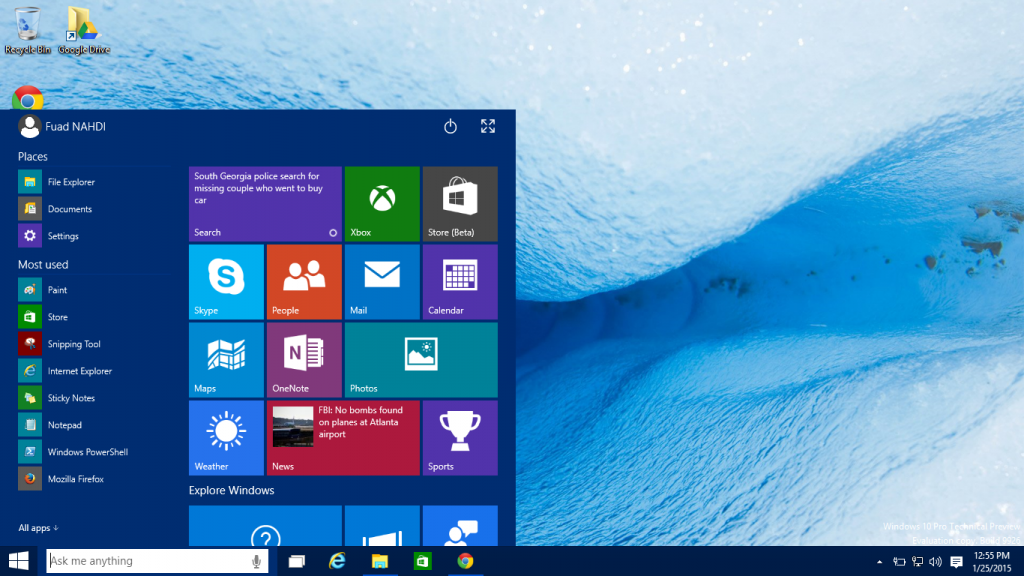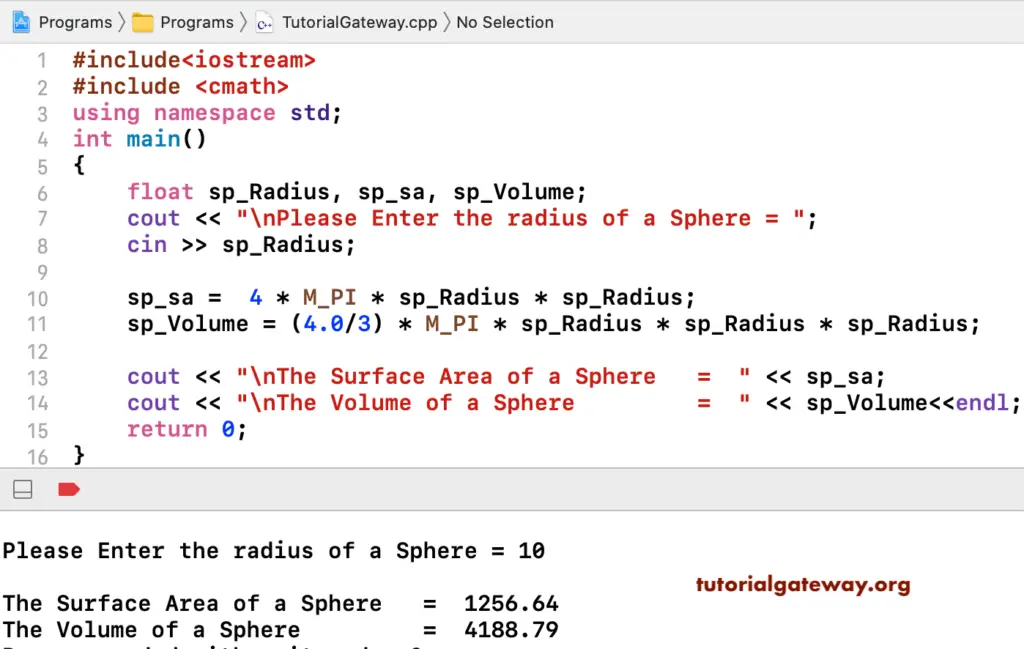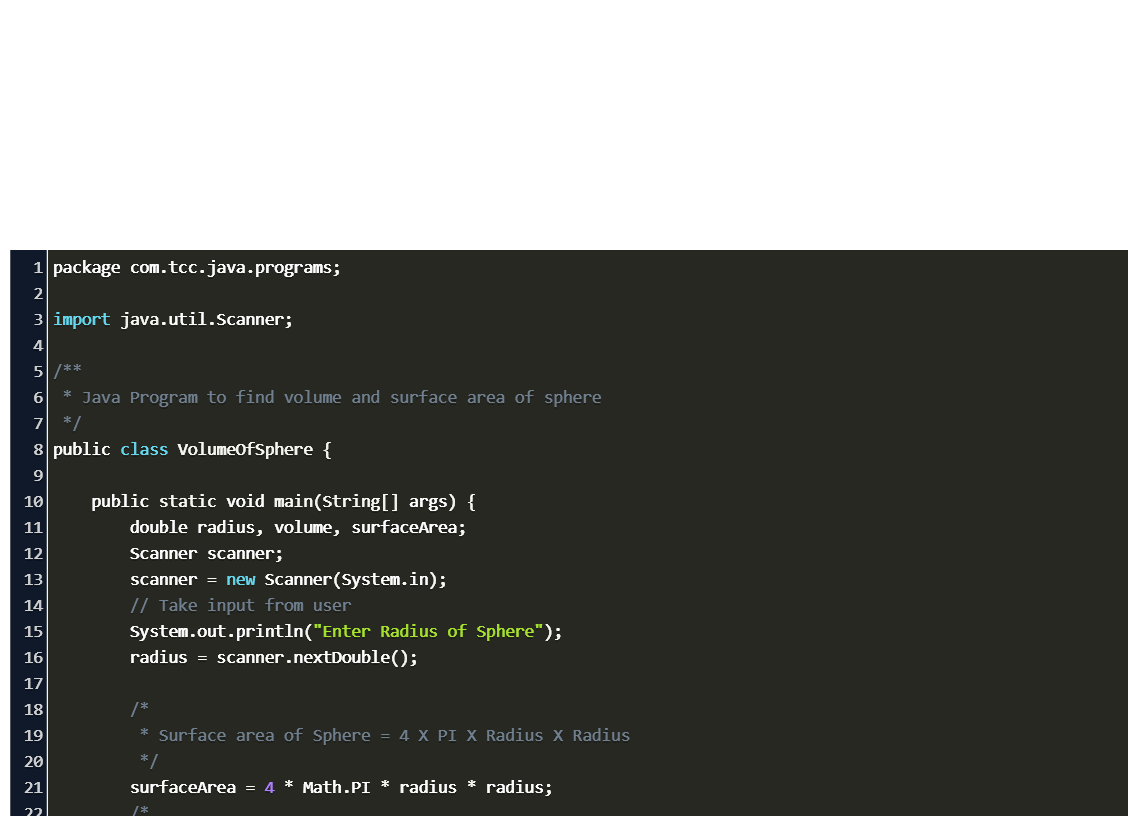If your existing Windows 10 PC is running Windows 10 20H1 or later and meets the minimum hardware specificationsit will be able to upgrade to Windows 11. The upgrade rollout plan is still being finalized, but for most devices already in use today, we expect it to be ready sometime in early 2022. Not all Windows 10 PCs that are eligible to upgrade will be offered to upgrade at the same time.
To see if your PC is eligible to upgrade, refer to our knowledge base for a list of tested systems. Once the upgrade rollout has started, you can check if it is ready for your device by going to Settings/Windows Updates. Similar to how end users are notified when updates are available in Windows 10, end users will see an indication in the notification areas of the taskbar in the bottom right, that the upgrade is available. More information on how that is presented will be available at a later date.
Additional desktop notification options may be also be added at a later date. Original equipment manufacturers can still ship computers without a TPM 2.0 coprocessor upon Microsoft's approval. Some third-party software may refuse to run on unsupported configurations of Windows 11.
The official, release version of Windows 11 is now available as a free upgrade to anyone who has Windows 10 and a PC that meets Microsoft's minimum hardware requirements. However, the Redmond software giant isn't pushing the upgrade to every eligible system at once. Some users will be offered the option to upgrade in their Settings menu on or around the October 5th official launch date while others may be waiting until 2022. He also acknowledged the expansion of Microsoft Store to include more "traditional" desktop applications. Cunningham concluded that "as I've dug into and learned its ins and outs for this review, I've warmed to it more", but argued that the OS was facing similar "public perception" issues to Windows Vista and Windows 8.
If you are having a brand new laptop or PC, then your system must be compatible with Windows 11 or even might come with it preinstalled. But issues may arise with the older versions of PCs, as its hardware might not match with the requirements of Windows 11. If your PC has a 7th gen or previous Intel CPU, then it is unsupported by the latest upgrade. Still, you can migrate to Windows 11, but the way is a little more complicated as you will need to download install files, then perform a clean install and then restore the program and data files. If your existing Windows 10 PC is running the most current version of Windows 10 and meets the minimum hardware specifications it will be able to upgrade to Windows 11.
Not all Windows 10 PCs that are eligible to upgrade to Windows 11 will be offered to upgrade at the same time. To put it precisely, if your PC or laptop has a 7th Gen Intel Core or AMD Zen 1 processor and meets other hardware requirements, it will run the Windows 11 preview build. The stable build of Windows 11 will, however, not support these two CPU families, according to what Microsoft has necessitated at this moment.
Can I Update My Windows 10 To Windows 11 But Microsoft may change its stance at the time of release depending on the feedback that it will get on the Windows 11 preview build. As part of the minimum system requirements, Windows 11 only runs on devices with a Trusted Platform Module 2.0 security coprocessor. According to Microsoft, the TPM 2.0 coprocessor is a "critical building block" for protection against firmware and hardware attacks.
In addition, Microsoft now requires devices with Windows 11 to include virtualization-based security , hypervisor-protected code integrity , and Secure Boot built-in and enabled by default. The operating system also features hardware-enforced stack protection for supported Intel and AMD processors for protection against zero-day exploits. Citing security considerations, the system requirements for Windows 11 were increased over Windows 10.
While the OS can be installed on unsupported processors, Microsoft does not guarantee the availability of updates. Windows 11 also drops support for 32-bit x86 CPUs and devices which use BIOS firmware. Furthermore, if you plan to upgrade with a clean installation, you will also need to make sure the computer can start from a USB flash drive.
Microsoft commercially released Windows 11 on Oct. 4, and noted that it's a free upgrade for Windows 10 systems that meet the new operating system's minimum requirements. Individuals with Windows 10 systems that pass Windows 11's stringent hardware requirements will be offered the new OS via the Windows Update mechanism. It'll replace the underlying Windows 10 bits with Windows 11 bits via an automated "in-place upgrade" approach. However, it's possible for users to decline the upgrade and continue with Windows 10.
Although Windows 11 is a free upgrade for existing devices running Windows 10, the hardware needs to meet the minimum requirements to continue with the installation process. In a nutshell, you need an Intel's 8th Gen or newer, AMD Zen 2 or newer, or Qualcomm 7 and 8 Series processor. This is in addition to the requirements of TPM 2.0 and Secure Boot and a minimum of 64GB of storage. Microsoft is soon going to launch its new Windows 11 and if you are a Windows 10 user, an upgrade to the new operating system would be free. The official release date is not out yet, but Windows 11 is expected to arrive in the 2021 holiday season, sometime in the coming months.
As soon as it arrives, users will be able to update to the new operating system just like how it was done with Windows 10. As long as your desktop or laptop meets the minimum requirements. Once you complete the steps, the tool will download the files and create an installation media, which you can then use to upgrade a compatible computer to Windows 11.
Internet Explorer has been replaced by the Chromium-based Microsoft Edge as the default web browser, and Microsoft Teams is integrated into the Windows shell. Microsoft also announced plans to allow more flexibility in software that can be distributed via Microsoft Store, and to support Android apps on Windows 11 . You can refer to our knowledge base for a list of tested systems to determine if your device eligible to upgrade to Windows -11. Many PCs that are less than four years old will be able to upgrade to Windows 11.
They must be running 20H1 or later version of Windows 10 and meet the minimum hardware requirements to receive the Windows 11 upgrade. Microsoft doesn't recommend installing Windows 11 on devices that don't meet the system requirements, but you'll still be able to do so. It's worth noting that you might not get Windows 11 updates on PCs with unsupported processors. Microsoft has yet released an official statement regarding the pricing of Windows, or whether it will be a free upgrade like the previous versions were free updates for license holders. However, as per an article by Android Authority, Windows 11 will most likely be a free upgrade for individuals using Windows 10 or Windows 8 with valid licenses. The Windows 11 free upgrade will be installed onto your computer/laptop just like any other Windows update, without any hassle or manual updation required.
The article by Android Authority also states that all of your personal user data and settings will be preserved in the update and will be applied to the Windows 11 update. Windows 11 download will be available once Microsoft released the update publicly. After you complete the steps, repeat the instructions to back up the files on the remaining accounts .
In addition to making a copy of your files, it's also recommended to create a list of the installed programs with their respective product keys to know what you need to reinstall in the new setup. If you usually do not sync passwords and bookmarks with an online service, this is a good time to export your browser credentials and links. If you have had the same installation for a long time, you might need to analyze and repair the current setup to fix missing or damaged files.
Otherwise, during the upgrade process, the chances of running into issues will be high. However, if you plan to proceed with a clean installation using a bootable USB flash drive, then you can't skip this suggestion since the previous installation will be erased during the process. After you complete the steps, the device should be able to boot from a USB installation media and pass the minimum system requirements check. For example, even though Windows 11 is available as a free optional update for Windows 10, the device must meet the new system requirements.
You need to ensure that the Trusted Platform Module and Secure Boot are enabled on the computer. You also need to make sure the device has enough space and there are no problems before continuing with the upgrade. Furthermore, you want to create a backup in the case you need to roll back, check the activation status, and create installation media. At least 16GB of RAM The basic system requirements of Windows 11 differ significantly from Windows 10. Windows 11 only supports 64-bit systems such as those using an x86-64 or ARM64 processor; IA-32 processors are no longer supported. Thus, Windows 11 is the first ever consumer version of Windows not to support 32-bit processors and 16-bit software .
The minimum RAM and storage requirements were also increased; Windows 11 now requires at least 4GB of RAM and 64GB of storage. S mode is only supported for the Home edition of Windows 11. The compatibility list includes the Intel Core i7-7820HQ, a seventh-generation processor used by the Surface Studio 2, although only on devices that shipped with DCH-based drivers. A redesigned user interface is present frequently throughout the operating system, building upon Fluent Design System; translucency, shadows, a new color palette, and rounded geometry are prevalent throughout the UI. Once you complete the steps, Windows Update will download and begin upgrading the device to Windows 11. You can also remove the computer from the program from the "Windows Insider Program" settings page to prevent upgrading to a follow-up version by turning on the "Stop getting preview builds" toggle switch.
All Dell PCs with Windows 10 currently being sold on dell.com will be able to upgrade to Windows 11. For the PC to be able to upgrade to Windows 11, it must meet the minimum hardware specifications and specific hardware is required for some features. The upgrade rollout plan is still being finalized but is scheduled to begin late in 2021 and continue into 2022. Microsoft offers several ways to download Windows 11 manually. One is to use the Installation Assistant app, which you install on your PC to trigger a normal upgrade install via Windows Update.
The second is to use the Windows 11 Media Creation Tool, which automates the process of creating a bootable USB install drive or downloading an install ISO file. Once you have a USB drive, you can either boot from it to perform a clean install or run the Setup app from within Windows 10 to do a normal upgrade install. You can also burn the ISO to a DVD, but installing from any USB drive, even an old USB 2.0 drive, will be much faster, so you shouldn't do that. Finally, you can just download an ISO file directly from Microsoft's site.
All HUAWEI PCs with Windows 10 currently being sold on HUAWEI Consumer BG website will be able to upgrade to Windows 11. Before you commence the steps in this section, I strongly recommend that you save your files. At some point during the installation, Windows 11 installation screen will be displayed. Also, before you start the Windows 11 installation, ensure that you check for pending updates on Windows 10 and install them. Finally, make sure that you have activated Windows 10 before you proceed.
Windows 11 has been rolled out as an upgrade to Windows 10, with Microsoft offering a seamless process to simply transition to the new version without losing your data. Again, this update is only available to computers that meet the minimum system requirements and are running a licensed version of Windows 10. Once you complete the steps, the package will download, and you can then use it to upgrade any computer that meets the minimum requirements.
However, you will need an internet connection to proceed with the upgrade. Once you complete the steps, the computer will be able to start from the USB flash drive to continue with the clean installation process. With its machine learning technology, Microsoft has determined further devices on which the Windows 11 update prompt should now appear automatically. The Redmond-based software company has not revealed any additional information on which exact PC configurations are included in this third group. However, manually triggering the Windows 11 update, which is how many tech enthusiasts probably installed Windows 11 in the past weeks, is no longer necessary on these PCs. Users can simply check the regular Windows Update application in order to verify whether the Windows 11 upgrade is ready to download on their respective device.
There are many users who, after the release of Windows 11, went ahead and checked whether their PC is eligible to be upgraded with Windows 11. Sadly, they found out that their PC does not meet the minimum requirements to install Windows 11. In this case, the question arises what options are left then? To put it simply, the best option here is to buy a new PC before the deadline, i.e. 2025. There are a few risks that come along with not updating to Windows 11, these include losing out on the latest features, security updates, patches, and compatibility with upcoming security features and applications. Many games that use Anti-cheat tools also have started relying on Windows 11 security features to provide fair gameplay.
While these games still work on Windows 10, it is only a matter of time before Windows 11 ends up becoming a requirement. Windows 11 SE was announced on November 9, 2021, as an edition exclusively for low-end devices sold in the education market, and a successor to Windows 10 S. It is bundled with applications such as Microsoft Office for Microsoft 365, Minecraft Education Edition, and Flipgrid, while OneDrive is used to save files by default. Windows 11 SE does not include Microsoft Store; third-party software is provisioned or installed by administrators. In October 2019, Microsoft announced "Windows 10X", a future edition of Windows 10 designed exclusively for dual-touchscreen devices such as the then-upcoming Surface Neo.
Legacy Windows applications would also be required to run in "containers" to ensure performance and power optimization. Microsoft stated that it planned to release Windows 10X devices by the end of 2020. On the day 24 June, Microsoft unveiled the next OS generation Windows 11, which comes with an overhaul new UI, Start Menu arrangements and solid security requirements of a TPM 2.0 chip and UEFI secure boot. The overall security improvement in Windows 11 is optimistically estimated to be a 40% increase than Windows 10! Microsoft hopes that all the modern computers and laptops get the Windows 11 free upgrade from Windows 10 since they meet the minimum system requirements as below. Upgrades to Windows 11 will begin to roll out late in 2021 and continue into 2022.
During this time, we will be doing some behind the scenes testing and validating for your specific PC. Windows Update will provide an indication if and when your PC is eligible. You can check to see by going to Settings/Windows Update. You'll need a PC that meets the minimum hardware specifications of Windows 11.
The easiest and safest way to qualify for Windows 11 is simply to have a PC that meets Microsoft's restrictions. If your existing Windows 10 PC is running Windows 10 20H1 or later and meets the minimum hardware specifications it will be able to upgrade to Windows 11. To see if your PC is eligible to upgrade, refer to our supported computer lists. If you don't want access to early builds in the future, just select 'Stop getting preview builds' from that same Windows Insider Program settings menu.
Make sure you choose 'Unenroll this device when the next version of Windows releases', otherwise you'll have to clean install Windows 10 again. Microsoft continues to test new features and improvements after Windows 11 was released. It only tests the latest version of Windows with members who participate in the Windows Insider Program in the Dev, Beta and Release Preview channels. The Beta and Release Preview channels offer admins and users a sneak peek at the end of the month of non-security updates that will arrive in the Patch Tuesday update, which falls on the second Tuesday of every month. For the purpose of this guide, I will select the Auto Setup option.



